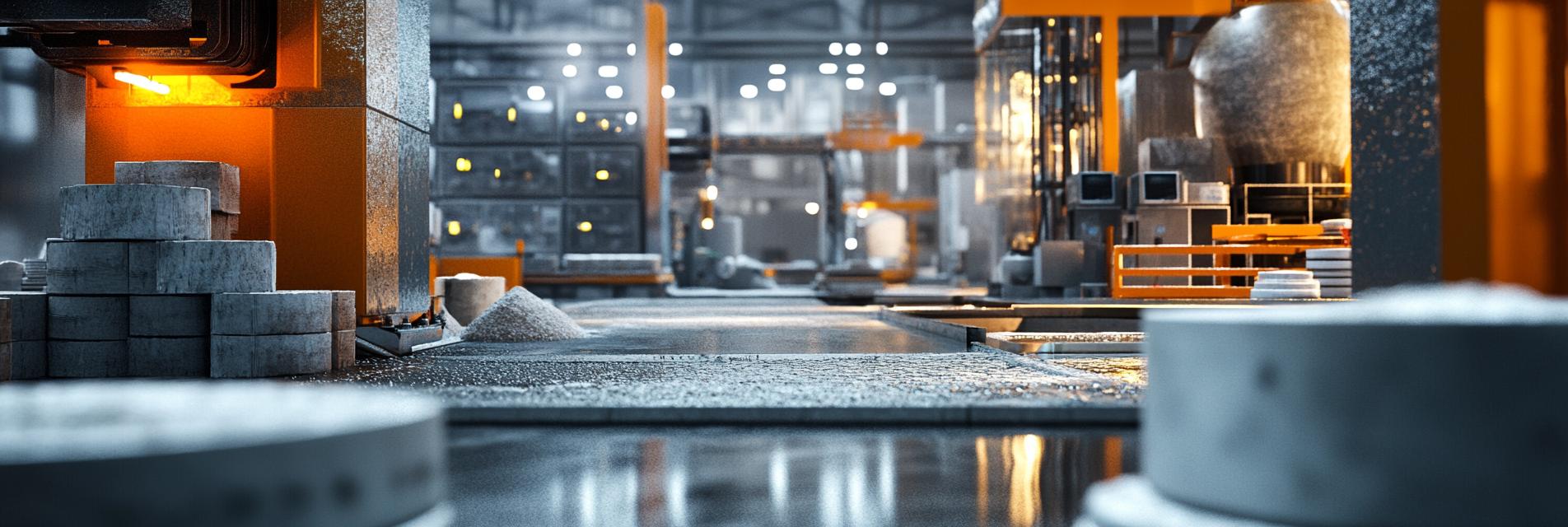Manufacturing Process Analysis of High Purity AZS Refractories
2025-03-12
Zhengzhou Sunrise Refractory Co., Ltd.
Technical article
This article humorously explores the innovative manufacturing processes of high purity AZS refractories. Delve into the materials, techniques, and applications that ensure the reliability of these critical components across various industries.
Introduction: The Unsung Heroes of Refractory Materials
Welcome to the whimsical world of AZS refractories! These marvels of engineering have one job: to withstand extreme temperatures and conditions. But how do they manage to be the steadfast guardians of furnaces and kilns everywhere? Buckle up, because we’re diving into the manufacturing process with a splash of humor and a sprinkle of expertise!
The Burning Question: What is High Purity AZS?
First things first, let’s clarify what we’re working with. AZS stands for Alumina Zirconia Silicate, and “high purity” means that the materials used are pretty much the crème de la crème. Think of it as the VIP section of the refractory world, where only the best ingredients can chill. Why does this matter? Because high purity AZS not only has excellent thermal stability, but it also possesses superior corrosion resistance. Who wouldn't want that?
The Process: Step by Step
Now, here comes the fun part! The manufacturing of high purity AZS refractories can be broken down into several high-stakes steps that would impress even the most seasoned chef.
- 1. Raw Material Selection: Just like a master chef chooses the finest ingredients, manufacturers pick high-quality raw materials. This includes alumina, zirconia, and silica. The secret? Not all ingredients are created equal!
- 2. Blending: Mix those raw materials thoroughly! This step is akin to whipping up a cake batter. The goal is to achieve a uniform mixture that ensures the final product is as consistent as your grandma's secret recipe.
- 3. Molding: Time to shape things up! The mixture is pressed into molds that define the final shape of the refractory. Think of it as crafting artisanal cheeses, only with a bit more heat and a lot less lactose.
- 4. Firing: Here, the magic happens. The refractories are fired at incredibly high temperatures, transforming them from a fragile mixture to a robust powerhouse. It’s like sending your food to a toaster oven—only the toaster is a furnace that reaches temperatures you wouldn’t even believe!
- 5. Quality Control: Now, don’t forget about the final taste test—er, we mean quality check! Each batch undergoes rigorous testing to ensure that these materials meet all the industry standards. It’s the equivalent of making sure your cake is perfectly risen before you serve it!
Applications: Where the Magic Happens
So, where do you find these incredible AZS refractories? They are used in high-temperature environments like glass manufacturing, steel-making, and cement production. Imagine a bustling industry that’s like a circus, with temperatures so high they’d make your hair singe. That’s where high purity AZS refractories come in, providing the durability needed for the most demanding conditions.
The Final Word: A Toast to High Purity!
In conclusion, while high purity AZS refractories might not make the headlines, they are the unsung heroes behind the scenes. Their manufacturing processes may be intricate and demanding, but the end result is worth every second. So, to all the manufacturers out there: raise a glass (of molten material, of course) to you for keeping our industries running smoothly! Cheers!



